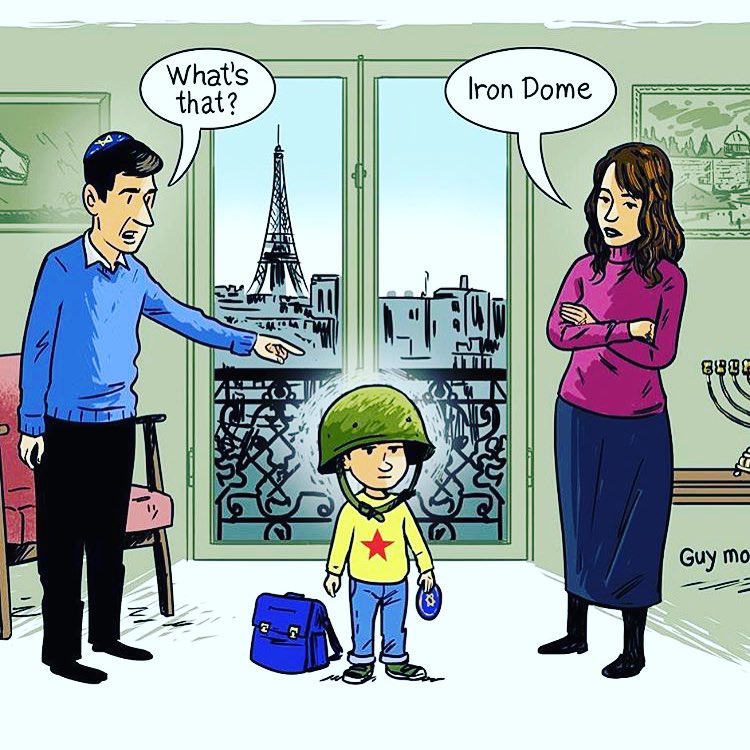
After this weeks antisemitic attacks on two Jews in France, some community leaders asked Jews not to wear their Kippahs in public. The Chief Rabbi of France and many French people who are not Jews went against that ruling and said “No way, we are wearing Kippahs too.” And this is how the hashtag #tousavecunekippa was born. Today, Friday the 15th of January many people and Jews who usually don’t wear a Kippah are wearing one. This Mesirat Nefesh (self sacrifice) where does it come from? When we are put against our beliefs against a wall ( like in the times of the Inquisition) our purest essence, our deepest self flourishes out. This is called the Pinkele Yid. And this is the highest service to G-d, when we are willing to give our life’s for the name of G-d.
The Talmud tells of Rabbi Huna Ben Joshua who wouldn’t walk more than 4 cubits(6.6 feet or 2 mts) without his head covered “because the Divine presence is always over my head”.
Rabbi Yosef Karo in the Shulchan Aruch(Jewish code of law) describes covering ones head as honoring G-d (Kidush Hashem).
The Kitzur Shulchan Aruch (summary of the Jewish code of law), tells a story from the Talmud (compendium of Mishna “summary of oral Torah by Rabbi Yehuda Hanasi ” and Gemara “explanation of the Mishna”) of Rav Nachman ben Yitzchok who had tendencies to become a thief and thanks to his saintly mother who put a Kippah on his head from a very young age and reminded him constantly of the Divine presence hovering over him he was able to overcome such a bad trait because he was able to develop Yira Shamaim ( Awe of Heaven) knowing that there is always an “eye that sees, an ear that hears and everything is recorded in a book “(Pirket Avot- Ethics of the fathers).
A Kippah is a sign of acknowledging that we did not make ourselves and that we come up to our head, there is something greater above it!
Shabbat Shalom